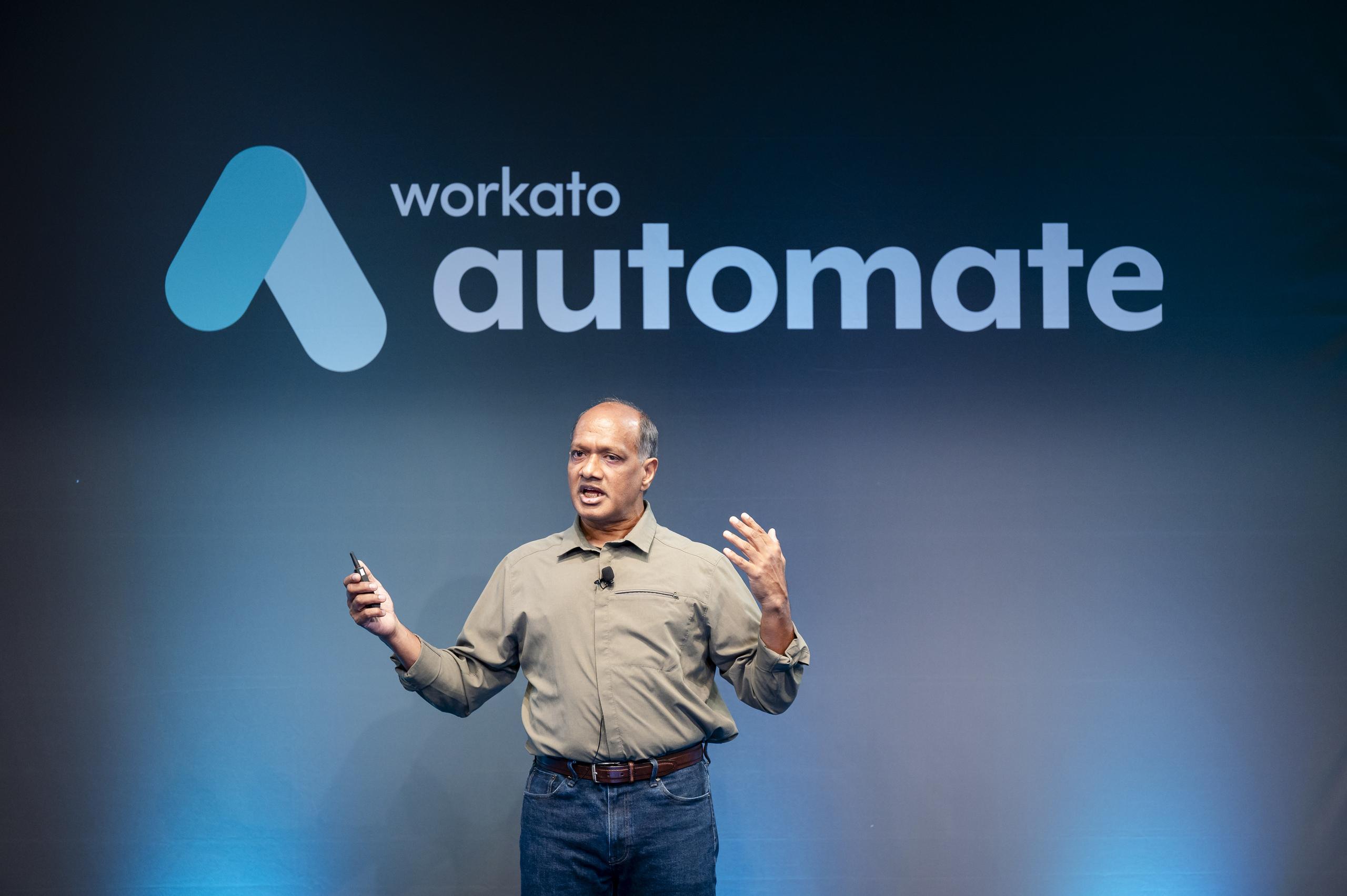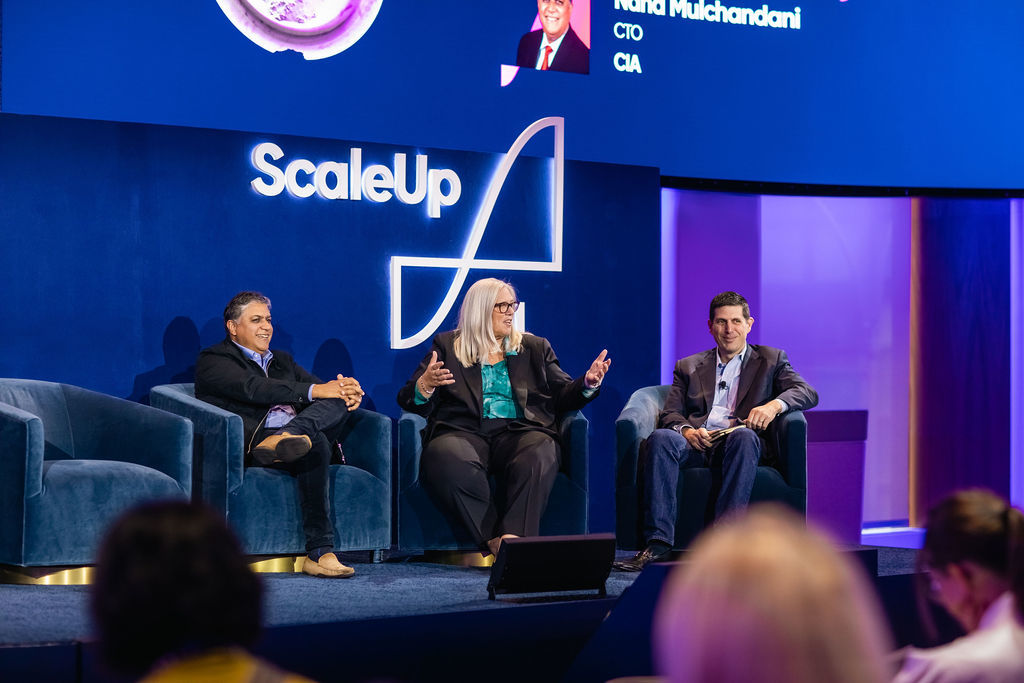Insights from Inbound 2022: Connecting with Your Prospects, Company, and Impact

During the past two years, one of the leading marketing conferences in the country went virtual. Hubspot’s Inbound conference was back in-person this year and welcomed everyone’s return with the theme of connectivity. The message was not only for the marketers in the audience, but also for anyone looking to connect their work to the impact they’re making on humanity. Former President Barack Obama and conservationist Jane Goodall did not have much advice for your SEO strategy or your MarTech stack, but they delivered valuable insights on leadership and sustainability that can resonate in your professional and personal lives.
Below I’ll give my thoughts on key trends at the conference as well as the best ways for ScaleUps to move forward.
Communities are critical for connecting with prospects and customers
Hubspot boasts a powerful community with hundreds of thousands of members. Whether you were attending a workshop or a speaker session, there always seemed to be a call to join their community afterward. Chili Piper and its partners showed the true power of community at their Inbound SaaS Awards, drawing 200+ marketers to a nearby brewery during the conference.
After the pandemic, we’ve seen a significant increase in investment in building communities. This was a common theme at Gainsight’s Pulse conference too! Insight’s Scale Up Guide to Community-Led Growth can give you some key tips and strategies for building your community.
RevOps is hard for ScaleUps to do right, but is the connective tissue of the org
It is difficult to create one fluid experience for your customers. Often, the traditional process of lead generation involves marketing handing off a lead to the SDR team, who hands it off to an AE, who then hands it off to Implementation, who then hands it off to CS. This process was built without the buyer in mind.
An Operations team’s primary responsibility is to reduce friction in the buying process. This may come through automation or intel from data analysis, but ultimately these are just tactics to get to a more seamless experience for your customers.
The idea of a global RevOps team was a common thread at Inbound, but buyer beware. For ScaleUps, I have seen this structure fail time and time again. This is usually because the RevOps team is small and bandwidth-constrained, but also because it is rare to find a leader with Marketing Ops, Sales Ops, and CS Ops experience. Hubspot has evolved into this structure thanks to its EVP, Alison Elworth, who has spent time in all of those organizations.
Some tips for those of you thinking about a global RevOps team:
- Ensure there are still functional leaders of Marketing Ops, Sales Ops, and CS Ops within the team. Hubspot described them as COOs of their own functional areas.
- Find efficiencies in your tech stack. Which MarTech software can be used by Sales? Which CS software can be used by Marketing? Consolidation and integration (see below) is key.
- Data is king – the key to reducing friction is first to know where the friction exists. Personalization, conversion-rate optimization, and successful enablement all start with data flows and synchronization across your systems.
Planning is not a one-and-done exercise
Accurate planning and forecasting demand a cross-functional, operations-led motion. As we head into the 2023 planning season, I recommend looking back at last year’s budgeting and planning playbook from Insight’s Marketing Center of Excellence. We will have updated benchmarks and templates for our portfolio companies as we head into Q4.
Still, it's important to note — the time of planning once a year is long over. The current economic environment requires businesses to take a more frequent and dynamic approach to planning. We saw a similar trend in 2020 when goals, budgets, and headcounts were constantly in flux. Those that learned from 2020 and built out processes for 'Dynamic Planning' will be better positioned for efficient growth.
The keys to Dynamic Planning include:
- Consistent forecasting to understand quarterly goal attainment
- Trend analysis to catch downturns in their early stages
- Pipeline dissection to see where funnel drop-off is happening and finding the friction points
Connect and integrate your GTM tech stack
Standalone tools to help with a pointed problem are out of tune. The integration network is a table-stakes element of any new software in the GTM stack. Recent research shows that the ability to integrate is the most important criterion when choosing new tech.
This is one of the main reasons Hubspot customers are starting to use their CRM product. It’s much more enticing to use their CRM, CMS, and Service Hub products when you know the connection to your MAP will be easy. Still, whether it’s through different products from one platform or separate pieces of tech, ensuring data flow and ease of integration is mission-critical.
Boost your engagement and loyalty by connecting with trends like NFTs
There were many forward-looking marketers at Inbound speaking about the future of Web3, keyword analysis, and even NFTs. The advice I found most relevant to SaaS marketing leaders was to use these trends to boost campaign performance. Brands that are utilizing NFTs are not promising their customers will get rich by holding and trading their digital assets. But they are offering a unique experience that boosts their open rates, campaign engagement, and in-person attendance. It’s ok if you view NFTs as fool’s gold, but offering a new way for your loyal customers to engage with you is valuable, nonetheless.
As you think about your strategy for 2023, consider the best ways to connect with your prospects and customers. Determine the best way for your internal teams to operate as one. Connect your tech stack and ensure you are operating as a data-driven org. We'll continue to share further guidance as we get deeper into the planning season.









